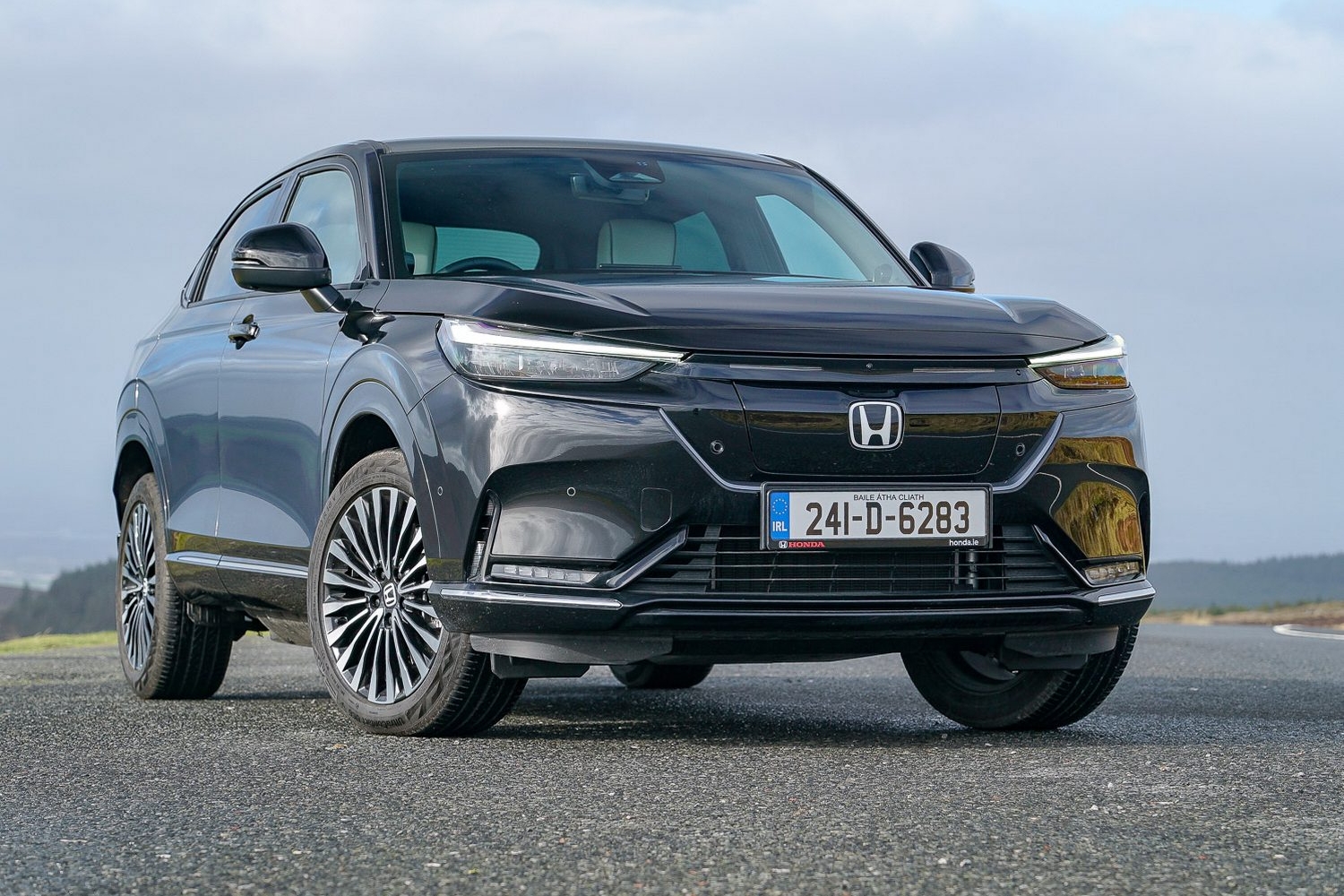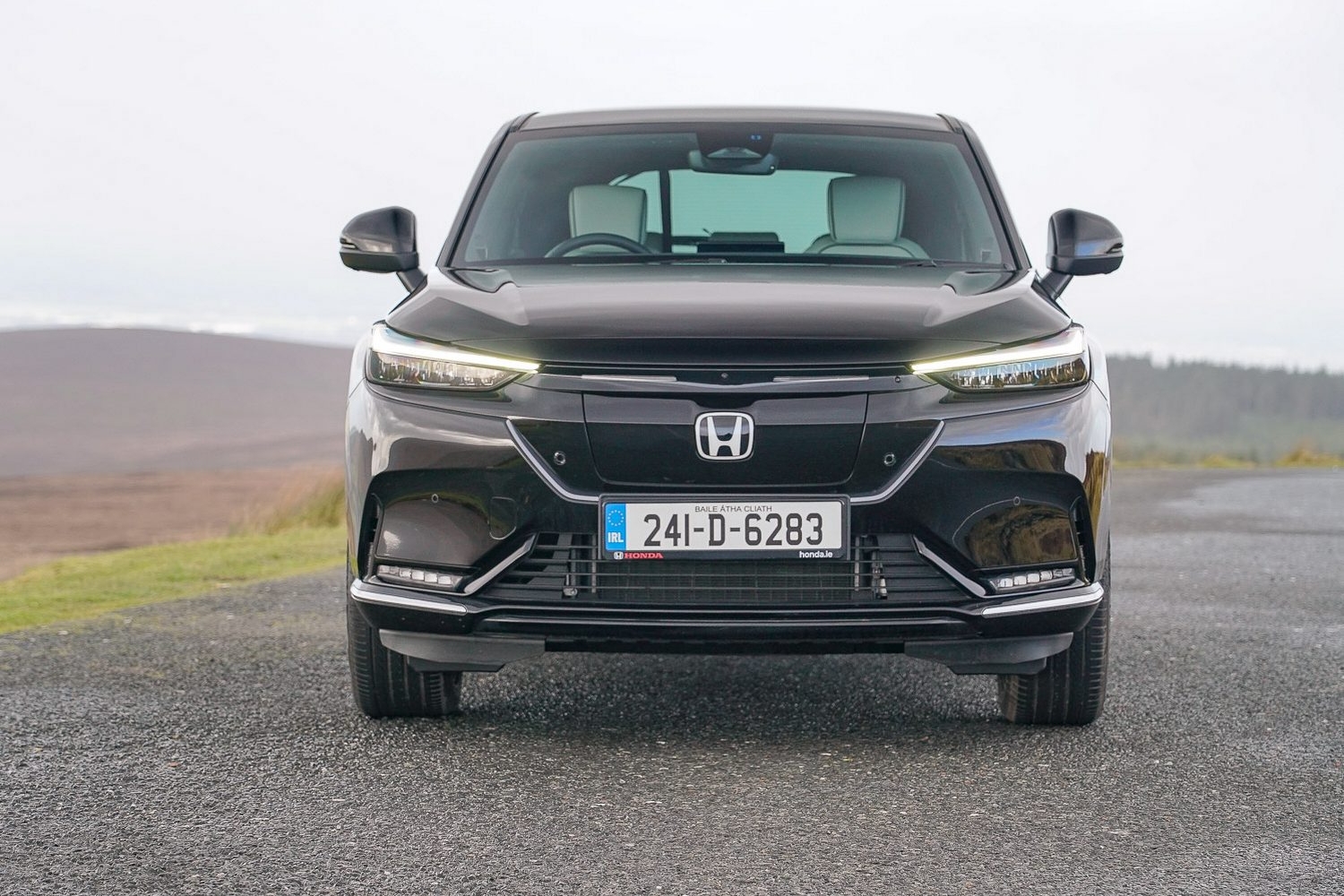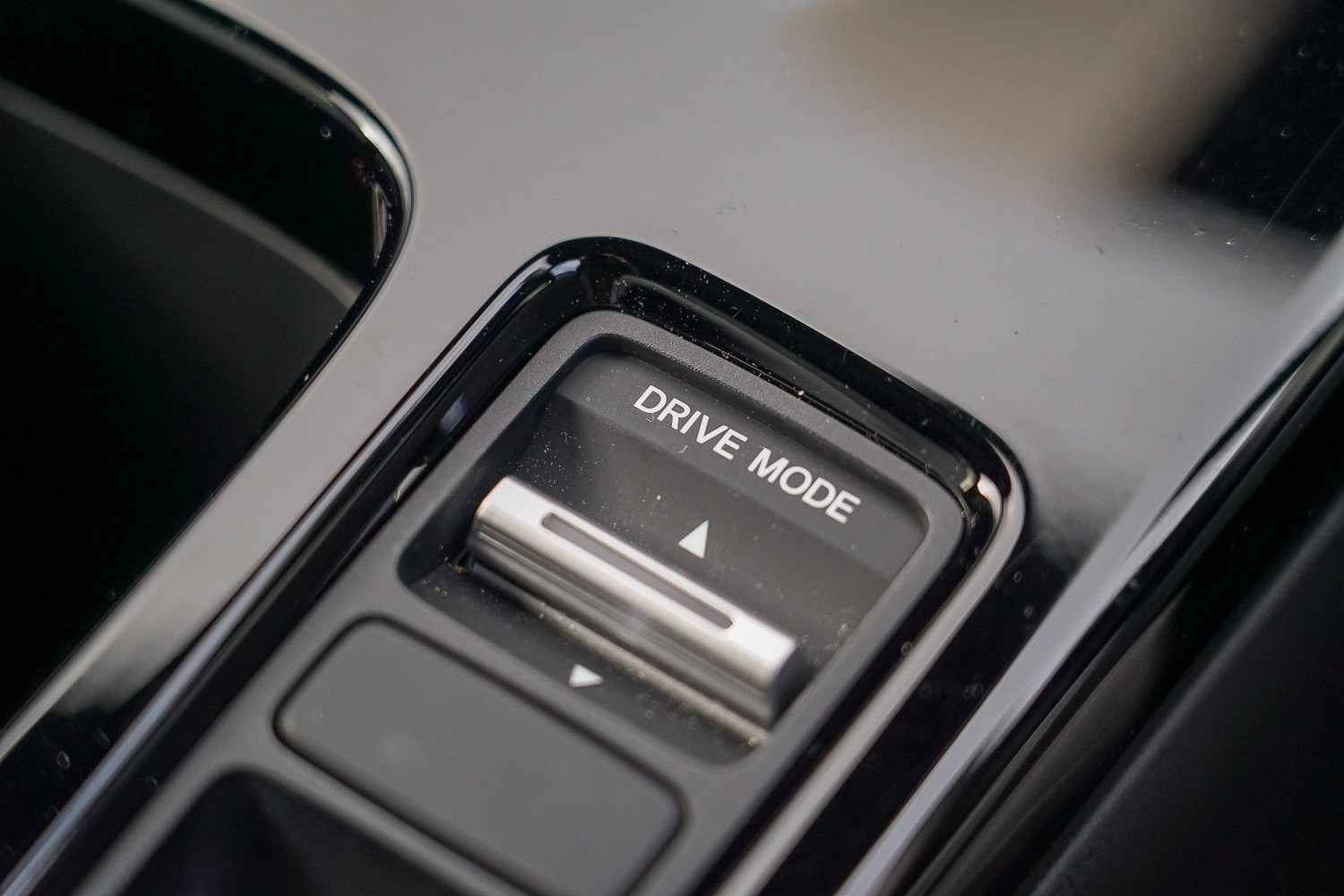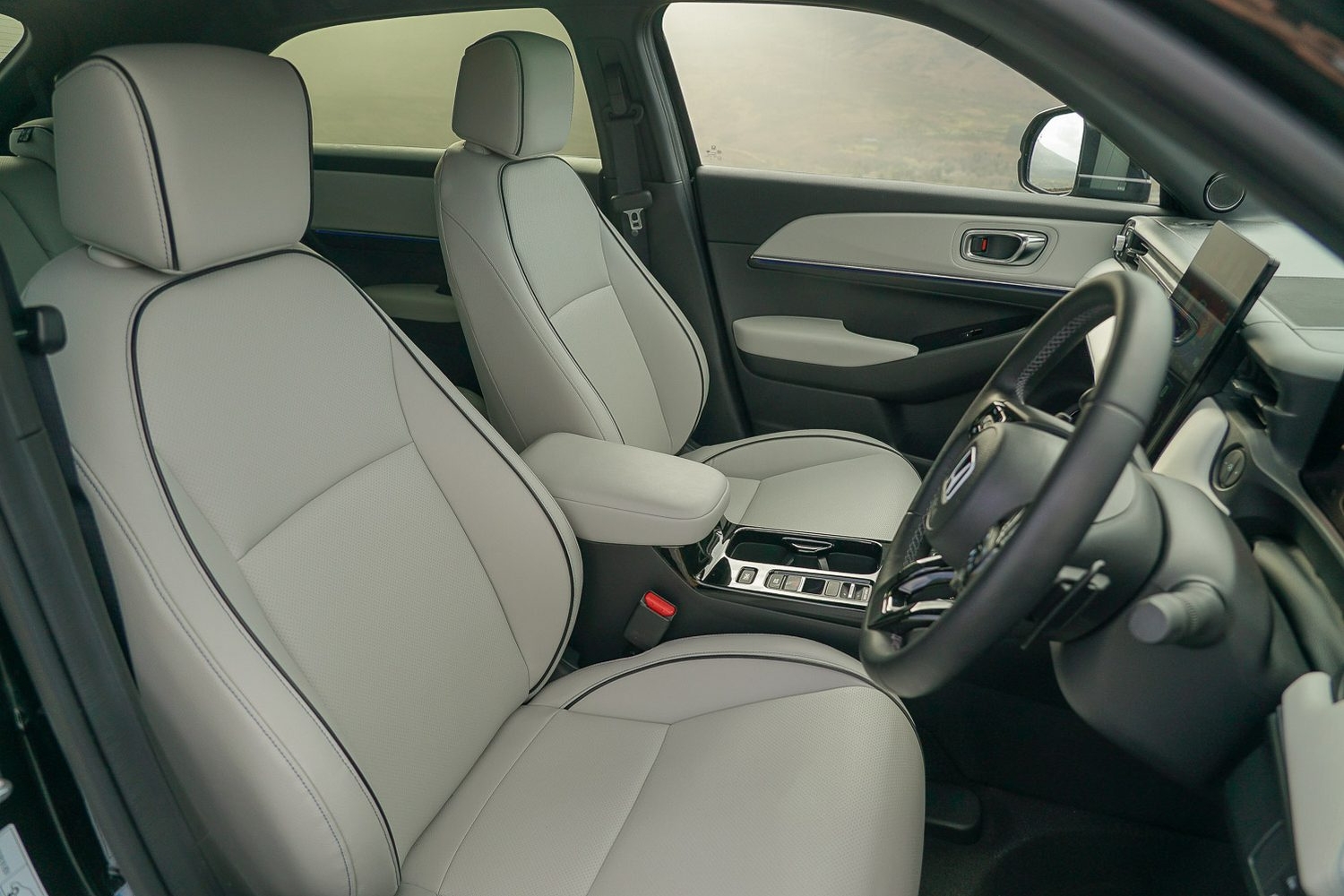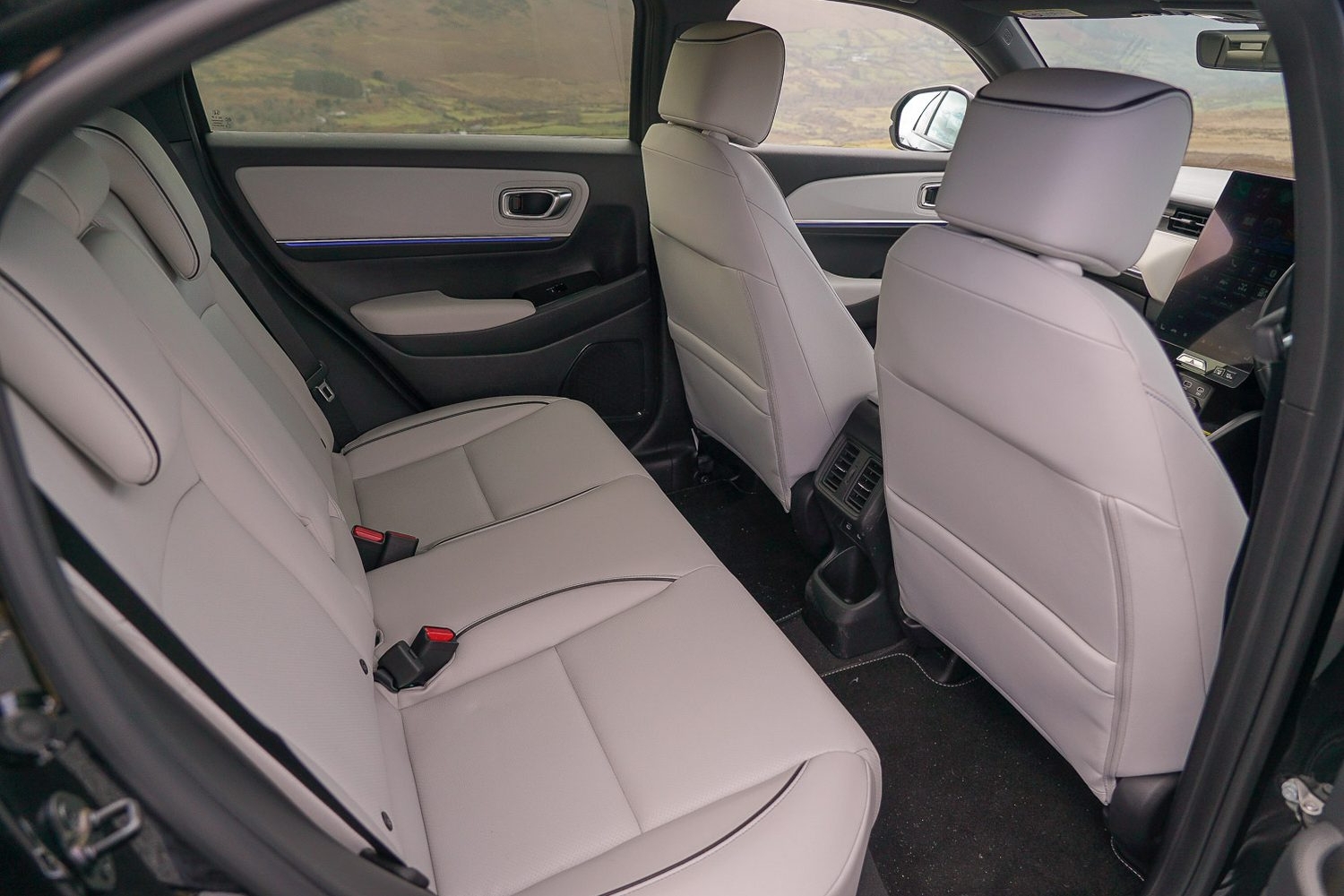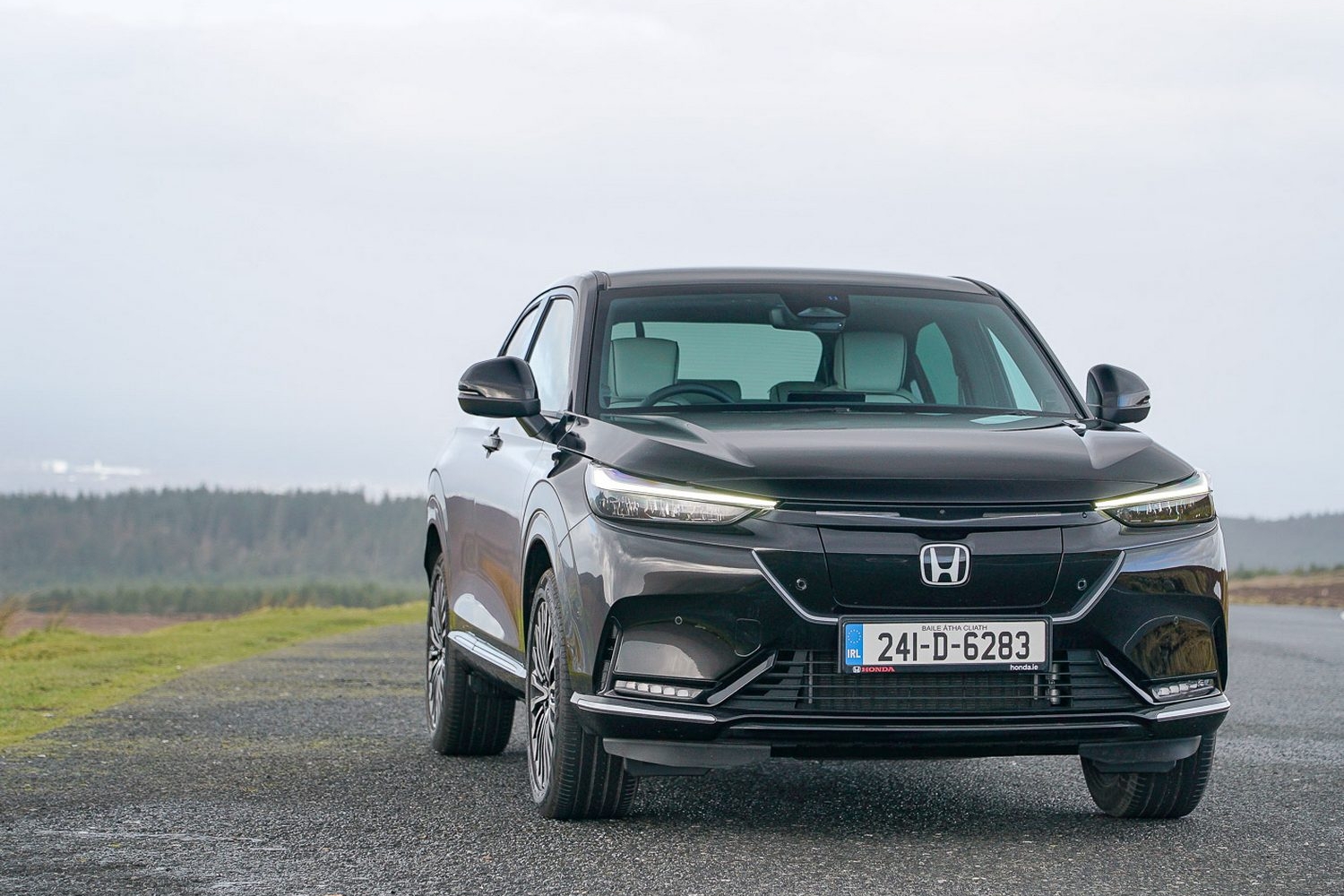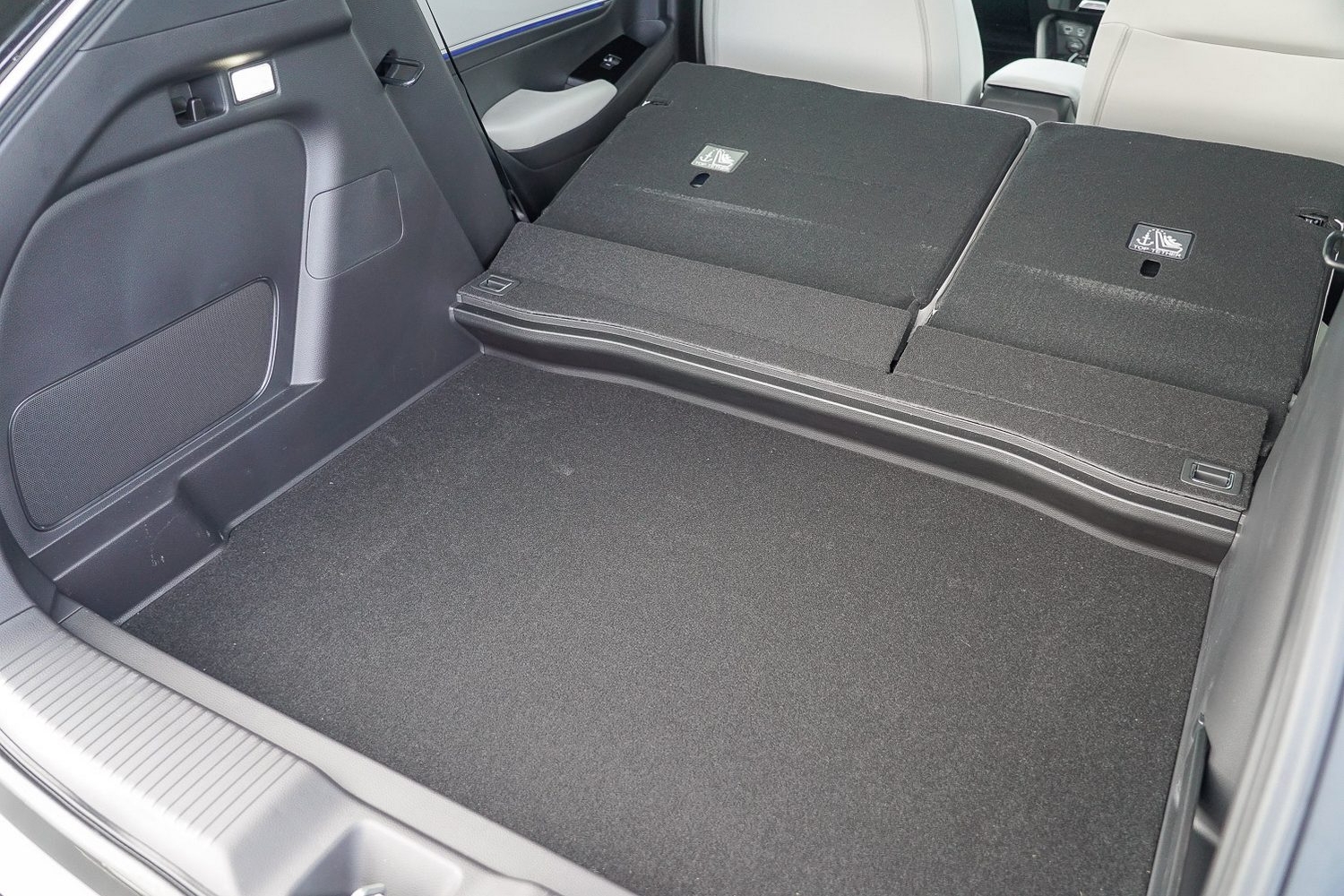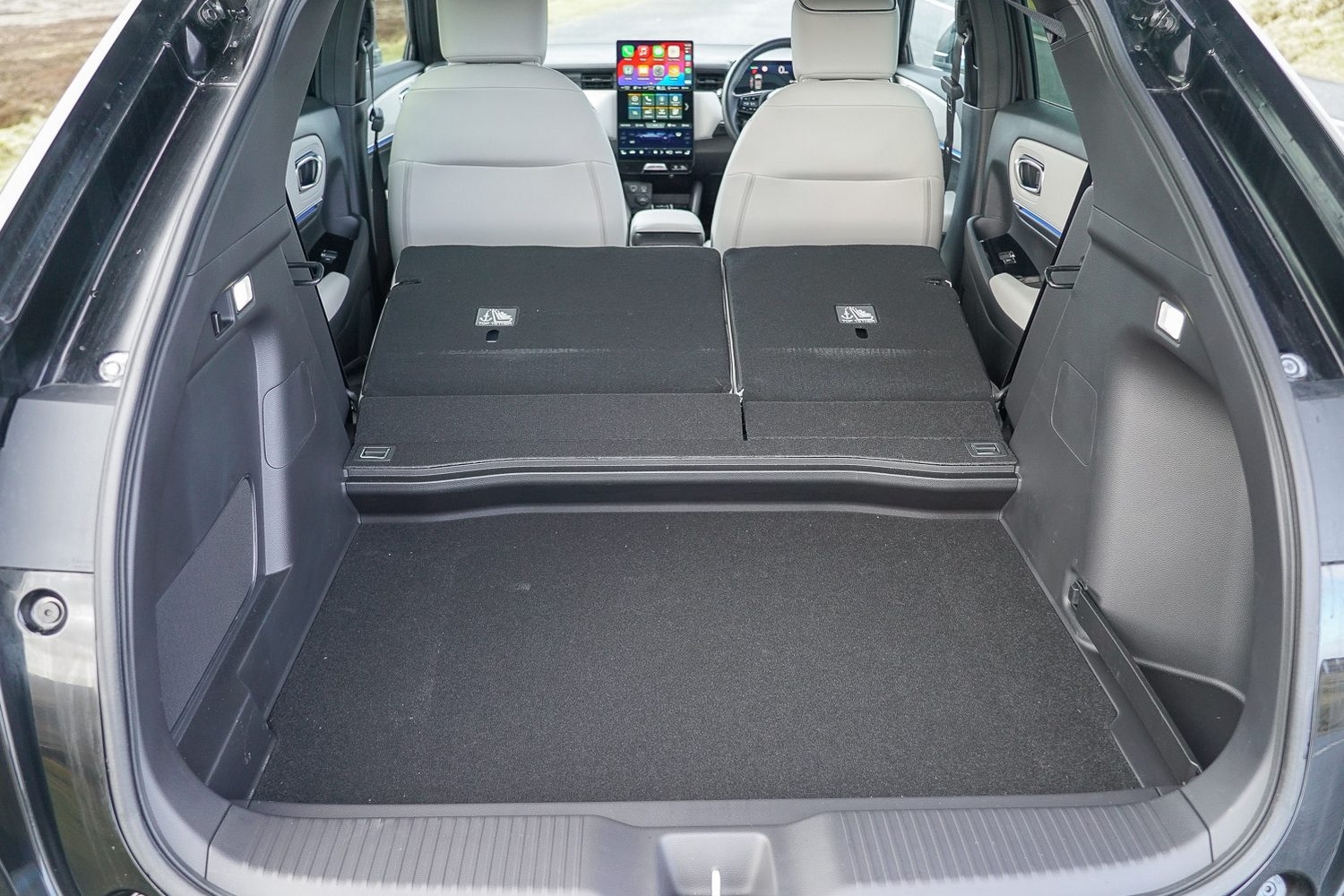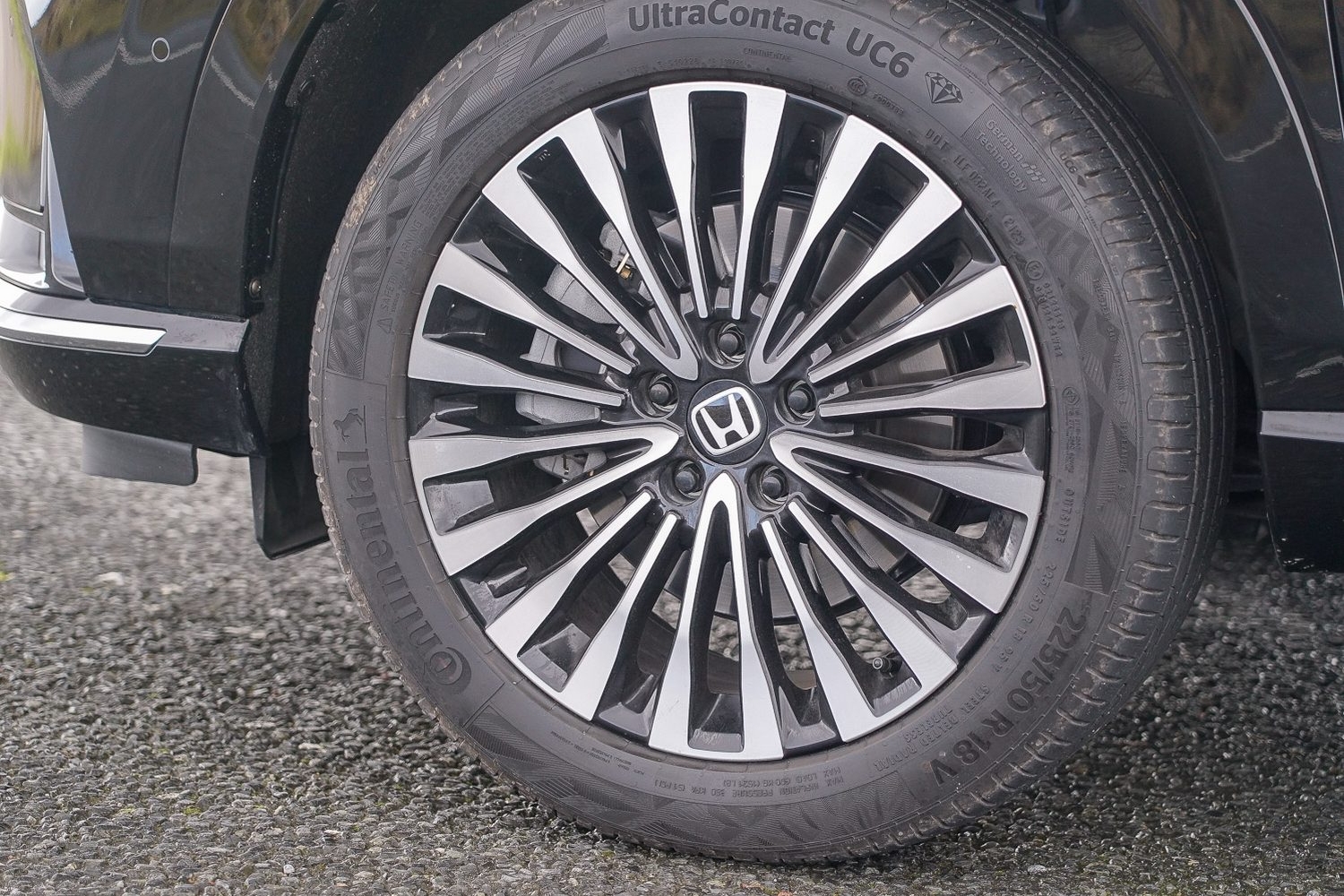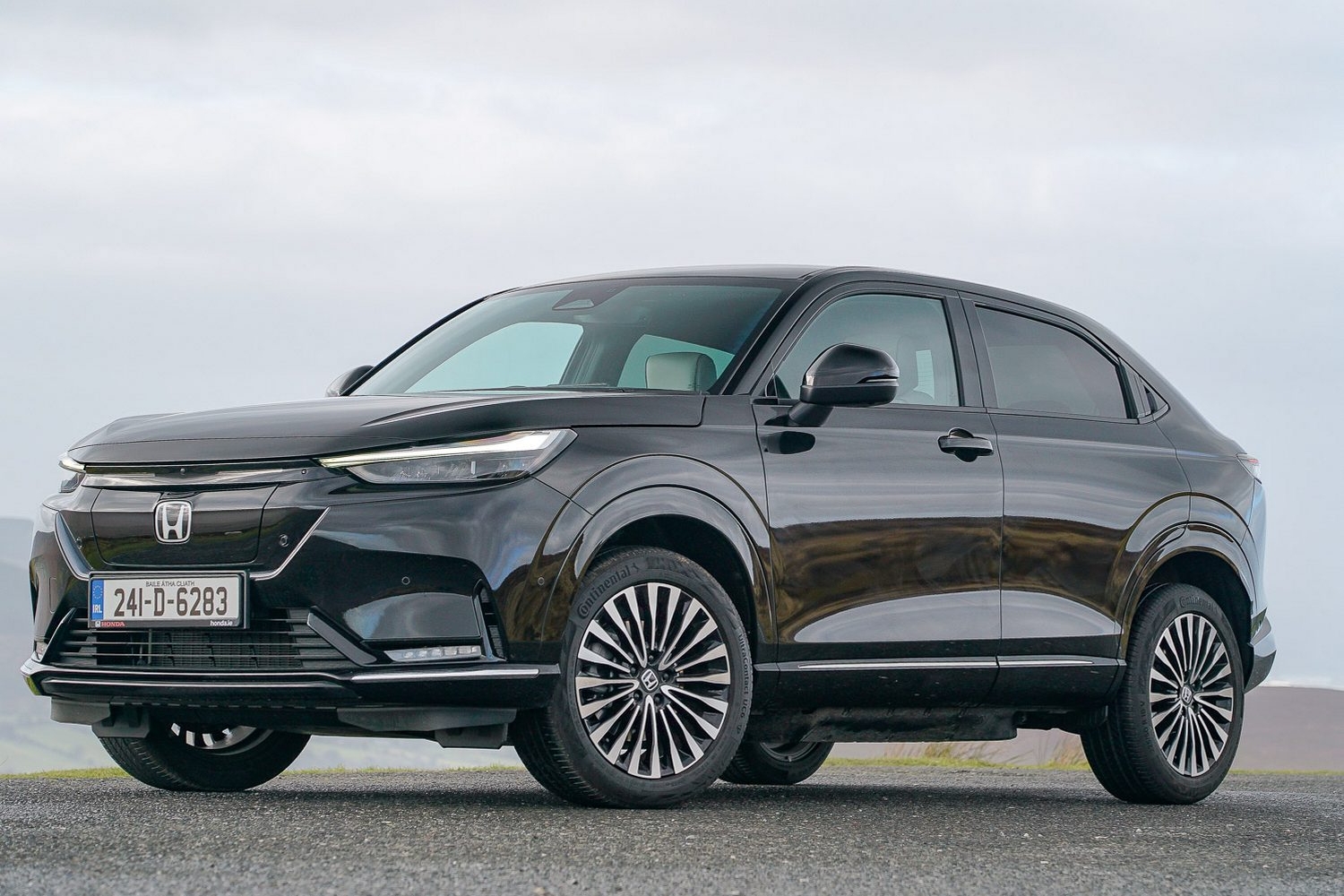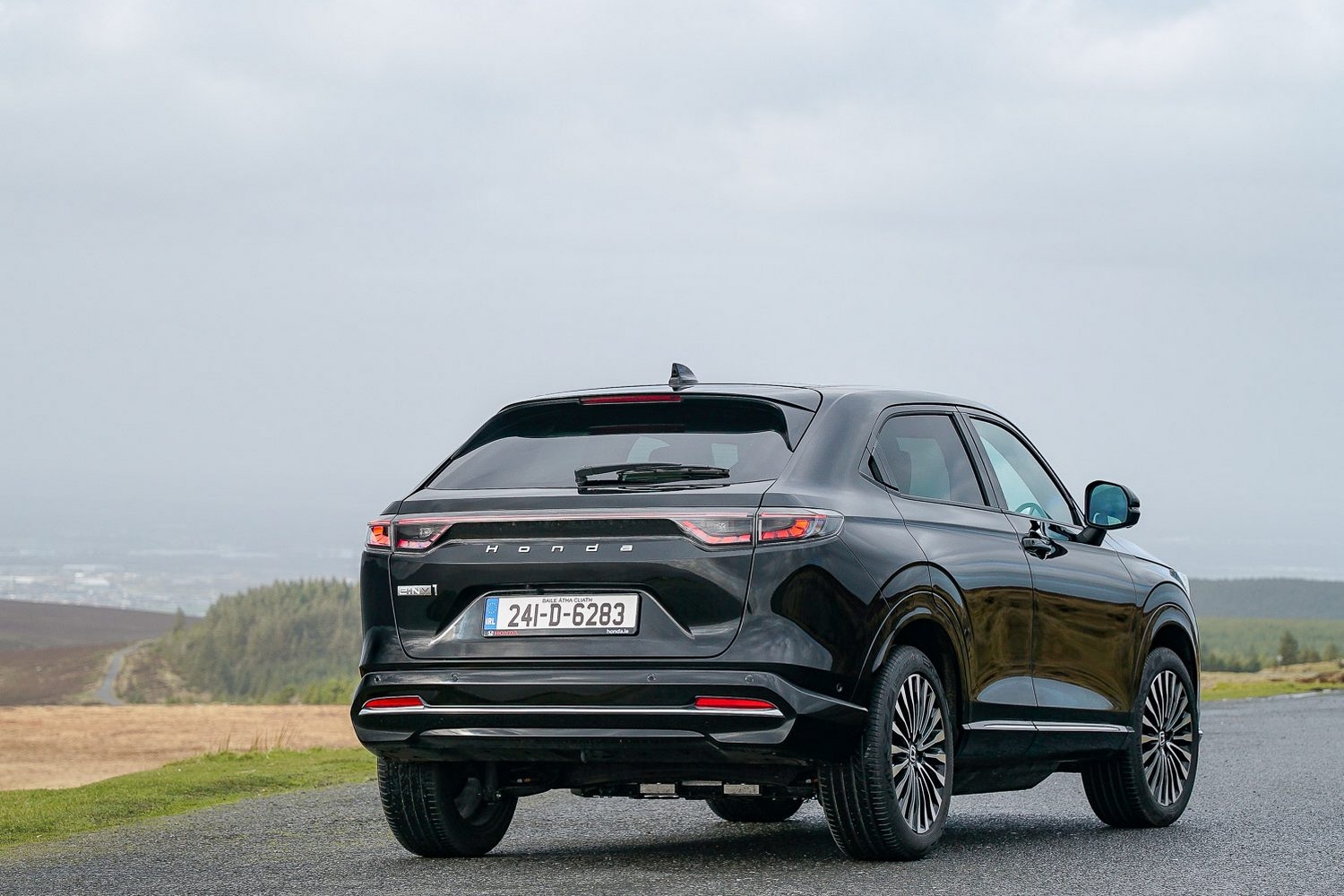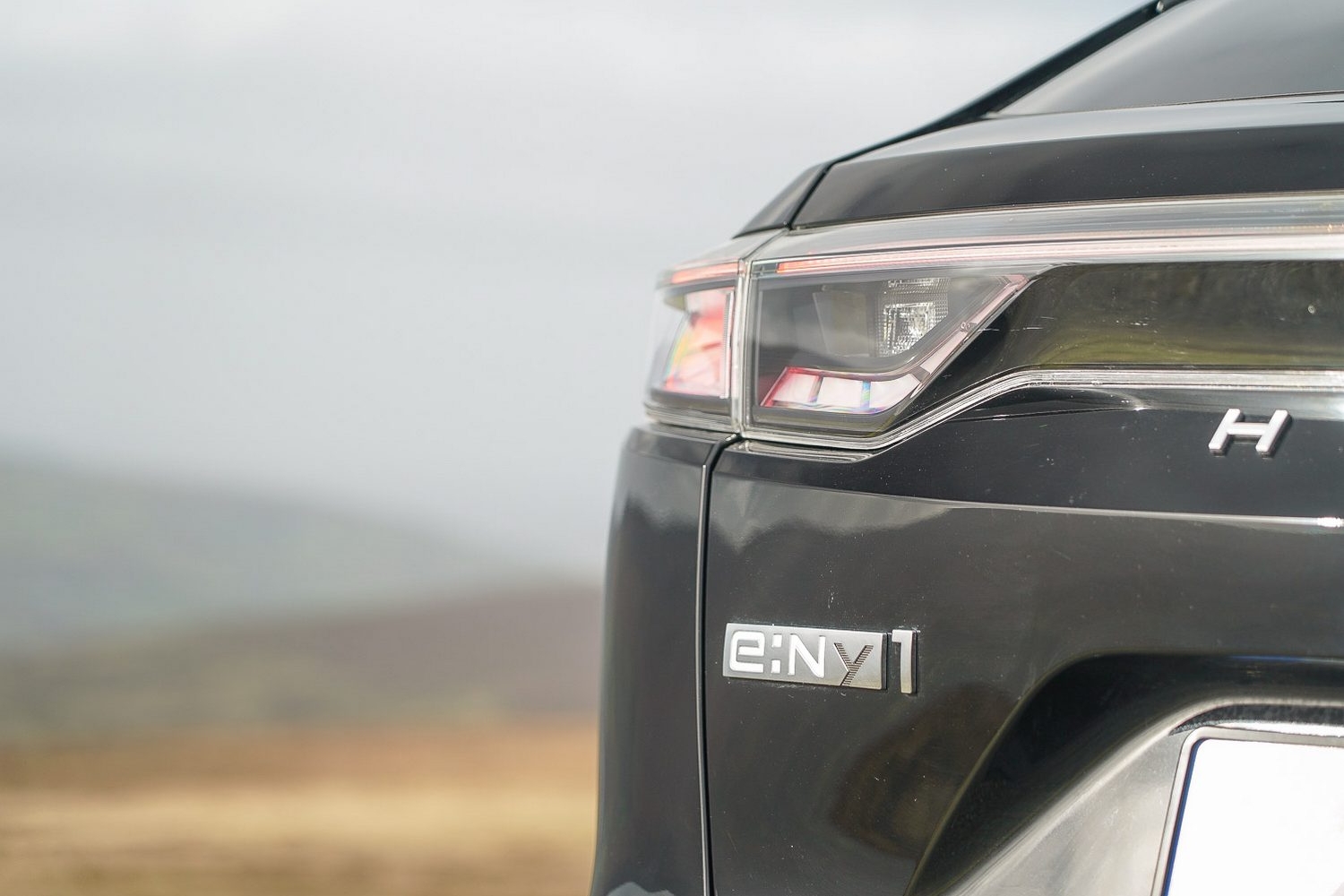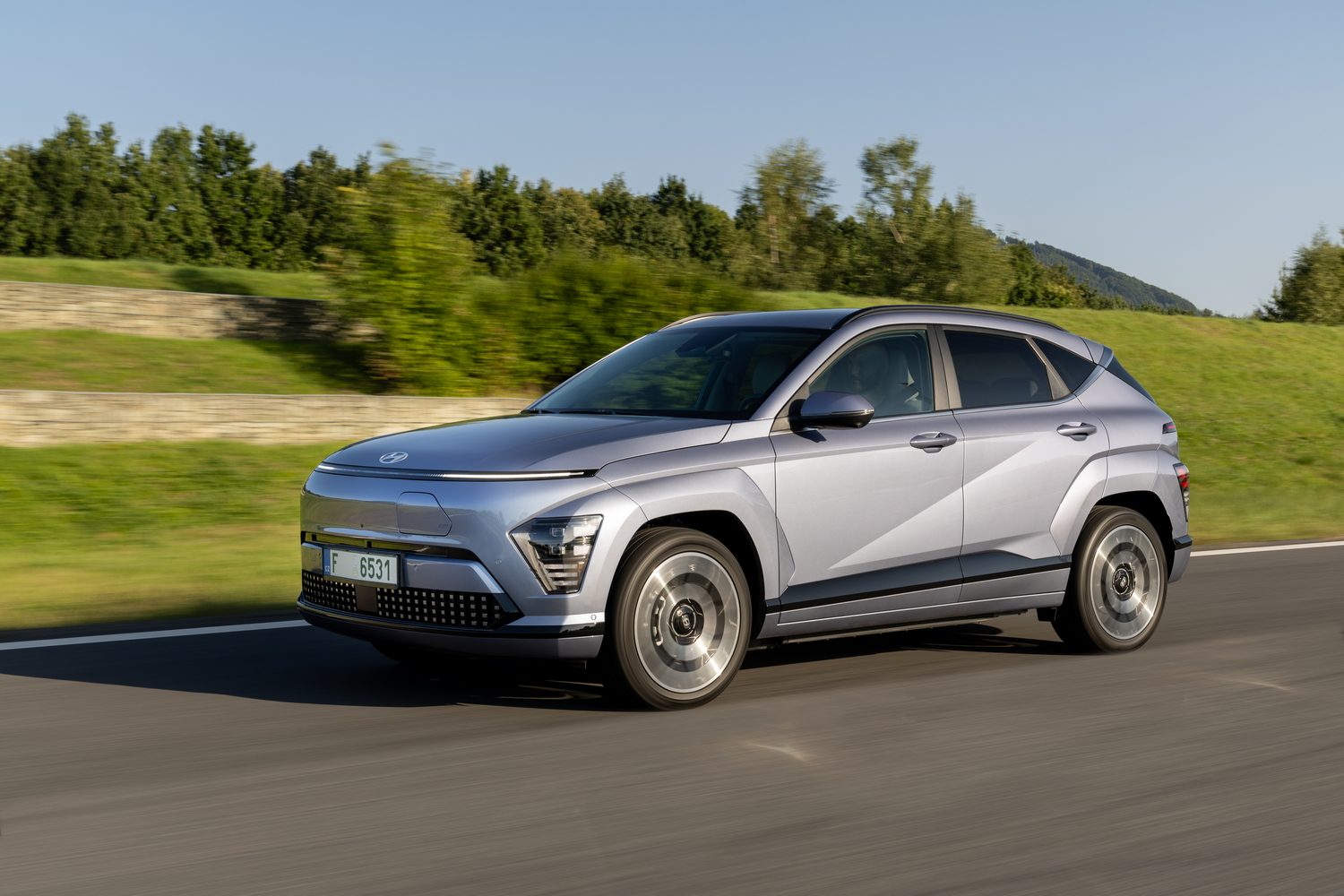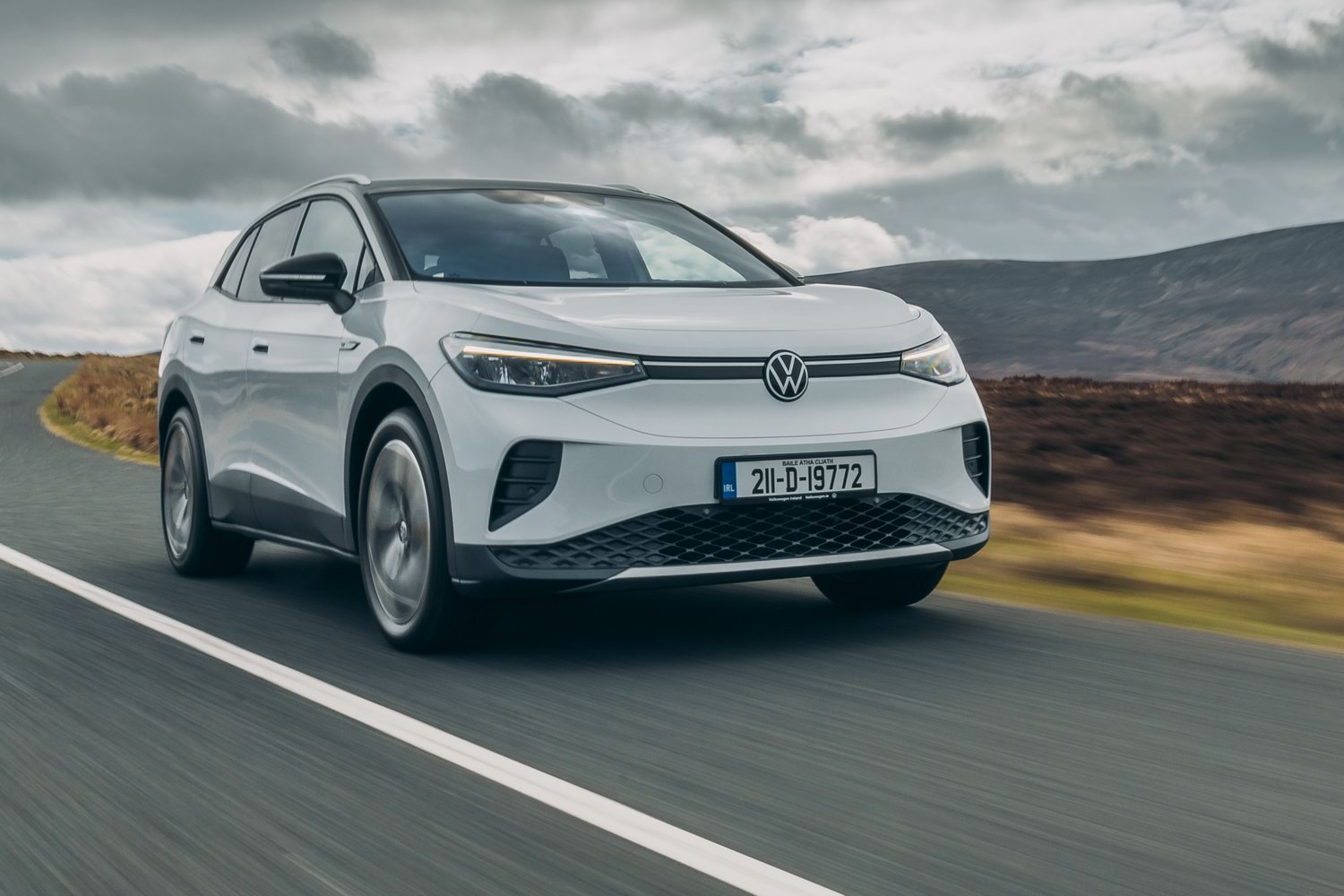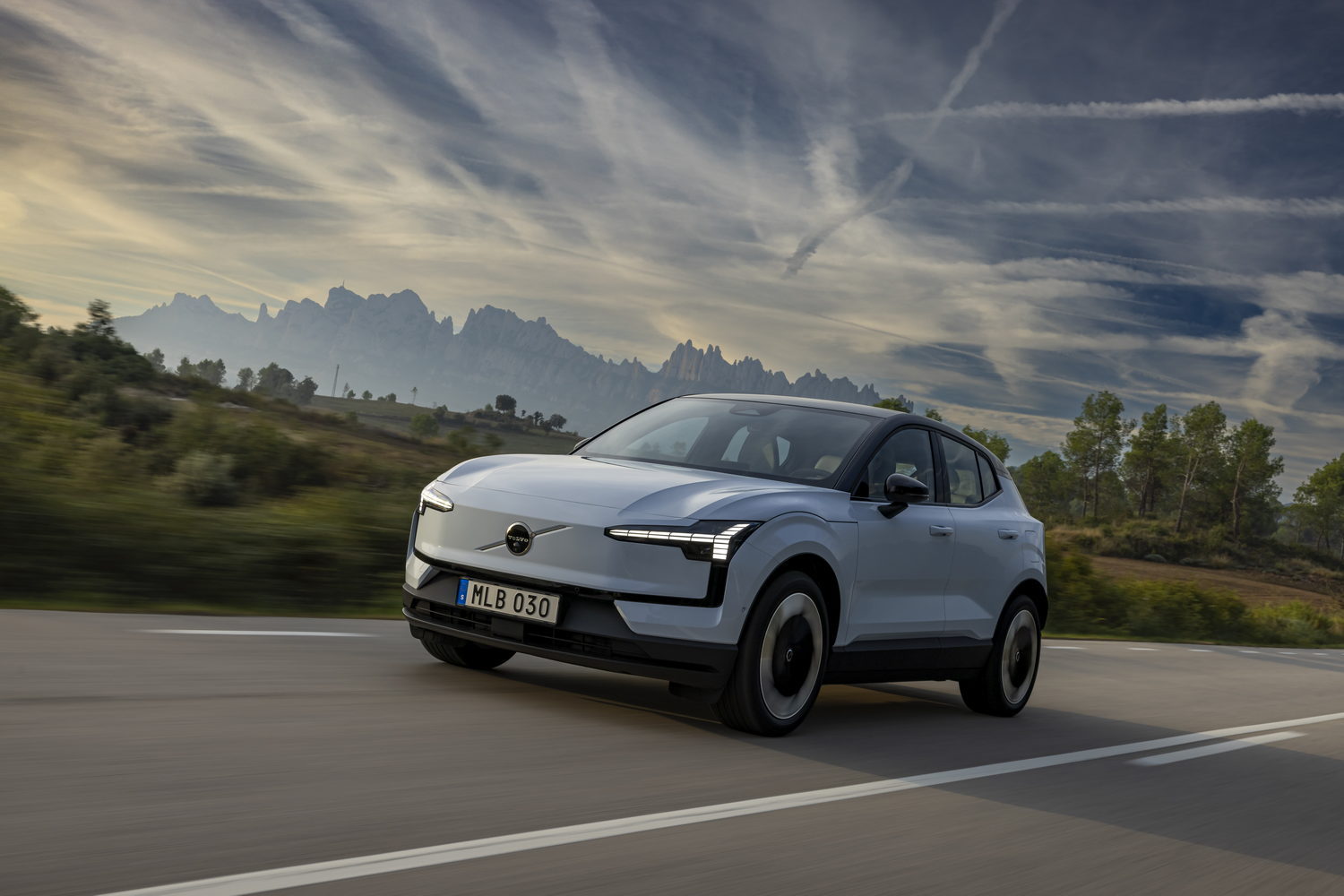Honda eNy:1 overview
OK, we need to get the name out of the way. Someone in the Honda Model Name And Badging Department (we assume, and hope, such a department exists) was feeling playful that day, and decided to come up with a backronym of sorts that Honda claims doesn’t actually mean ‘anyone’ but it really kind of does. The obvious inference to be drawn is that this is an electric car for anyone. Or, indeed, eNy:1. Cheesy? Definitely, but at least it’s a little playful.
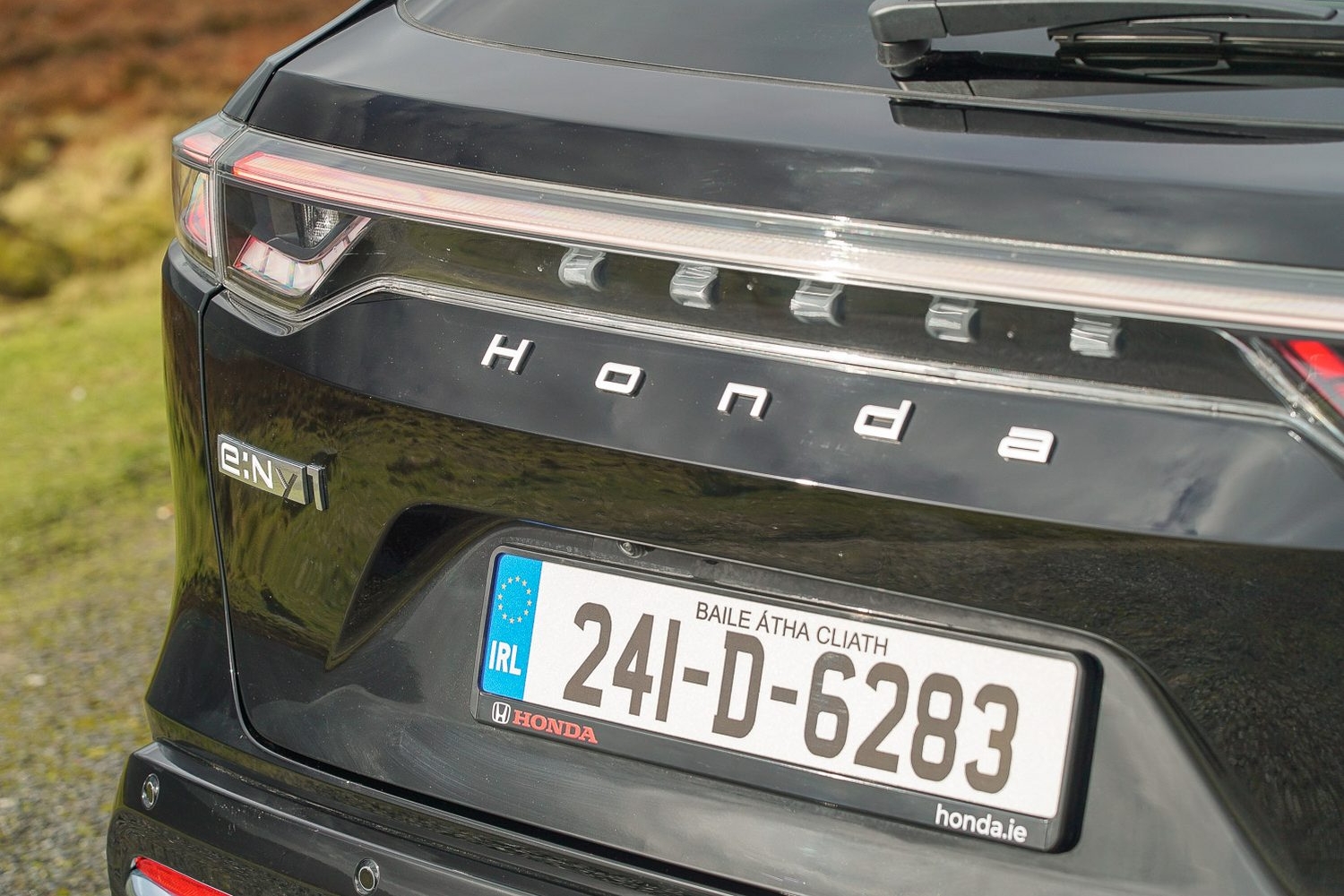
From the way the eNY:1 looks, you might that it’s built on the same platform as the Honda HR-V hybrid crossover. The two cars share an almost-identical body, and it looks very much as if Honda has taken the HR-V, blanked off the grille and stuffed a battery underneath in place of the engine.
But that’s not what’s happened at all. Although the two cars do look superficially alike on the outside, underneath the eNY:1 uses a bespoke all-electric platform, which had been expected to underpin an entire new lineup of fully-electric Hondas, but which due to some back-and-forth decision making in Japan, now may not. Honda, it seems, is shifting its entire electric car strategy to an all-new platform, currently called the 0-Series (as in Zero Hour, a new starting point for the brand’s electric car plans) and it has also binned its US-market tie-up with General Motors, which had seen the two companies co-developing new electric cars.
Just a single new model - the Honda Prologue - came from the GM agreement, and it seems like this eNy:1 might also become something of an electric orphan. Nissan aside, most Japanese car makers have so far seemed rather half-hearted and reticent when it comes to developing genuinely competitive new electric cars, so does this Honda eNy:1 fall into the same camp?
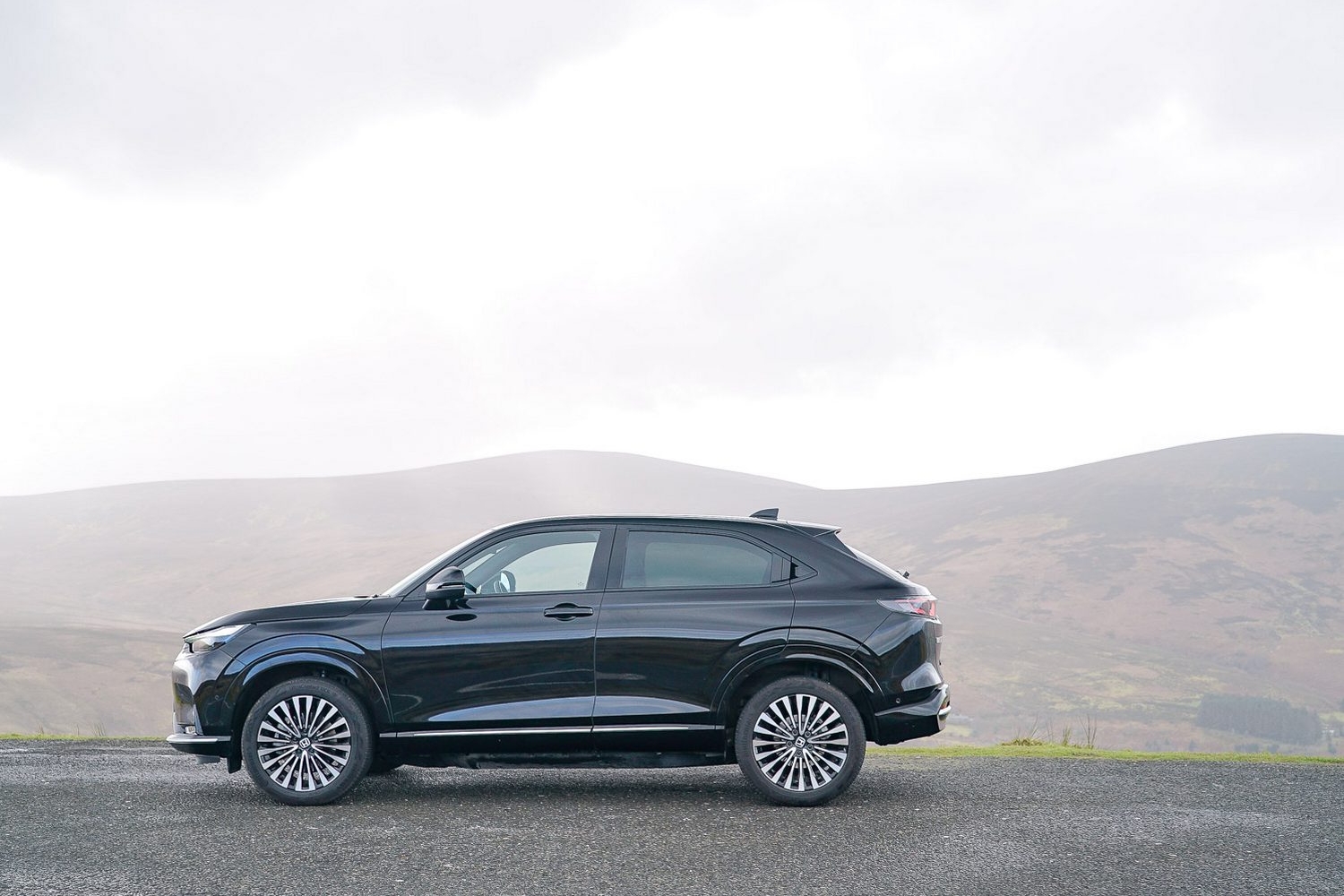
The Honda eNy:1 model range
The eNy:1 lineup is simple - there are just two models, sharing a common 150kW electric motor driving the front wheels, and using a 61.9kWh battery. The eNy:1 is not cheap - the basic Elegance model has a starting price of €54,995, while the upgraded Advance which we’re testing here clocks in at €56,495. Expensive but well-equipped has long been the Honda way, but those prices do look fairly chunky up against myriad electric SUV opposition in 2024.
Standard equipment includes the Honda Sensing safety pack (which includes collision mitigation braking, lane departure warning and intervention, and adaptive cruise control with traffic jam assist), a 15.1-inch touchscreen with Honda’s Connect system including built-in navigation, Apple CarPlay and Android Auto, 18-inch alloy wheels, wireless phone charging, heated front seats, synthetic leather upholstery, dual-zone climate control, a reversing camera, and front and rear parking sensors.
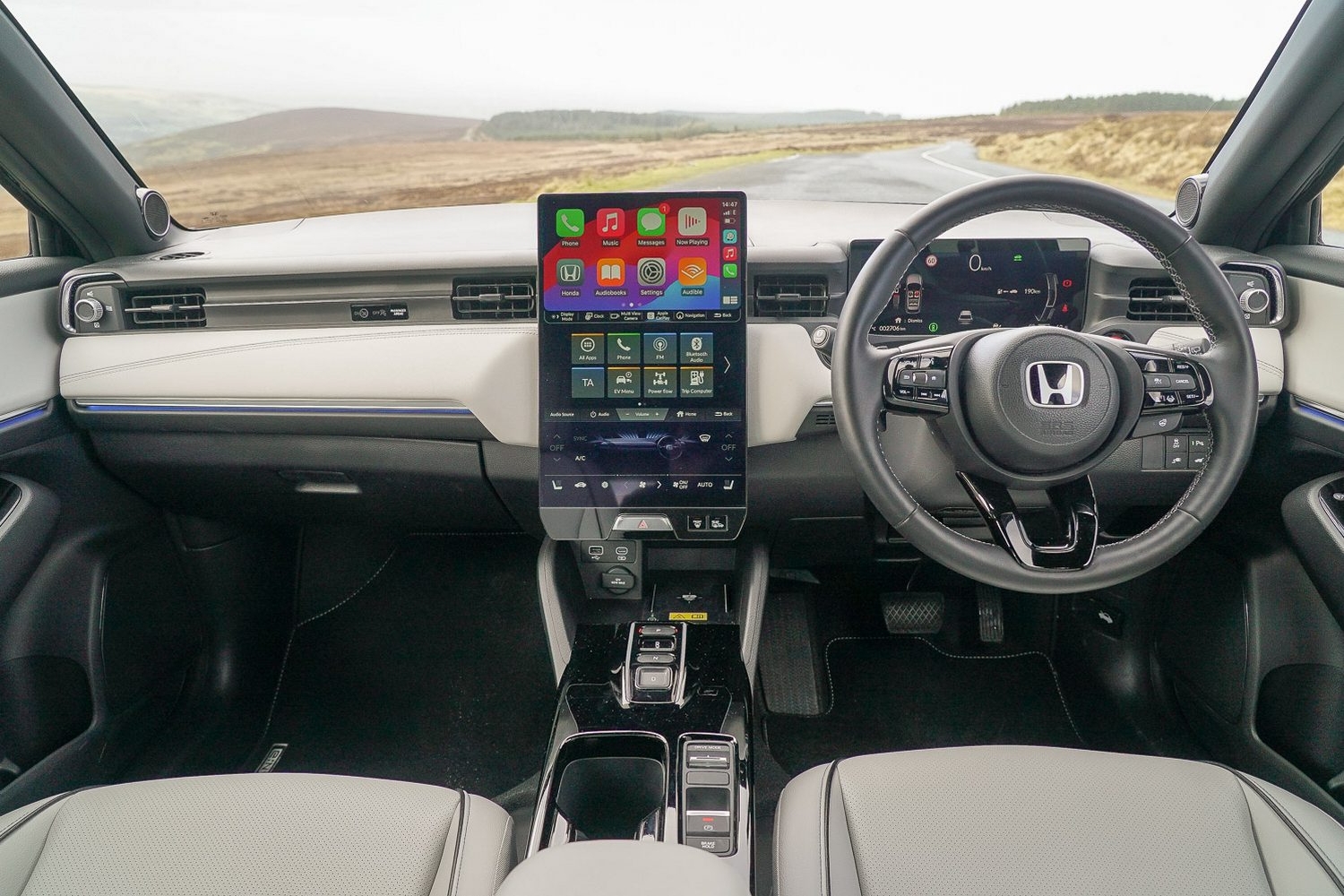
Upgrading to the Advance model gets you a heated steering wheel, a surround camera system, extra parking sensors, the Honda Pilot parking system, a powered tailgate, a premium audio system and a panoramic glass roof.
The Honda eNy:1 interior
One of the best things about the eNY:1 is its cabin. Yes, there are some disappointingly cheap plastics on display for a car with its hefty price tag, but the way the eNY:1’s cabin is put together is extremely good. It has that traditional Honda sensation of pure indestructibility. One of my favourite things about it is the precise and machined ‘click’ that you hear when adjusting the air vents, which sound and feel like adjusting the hands on a fine Swiss watch. Perhaps a high-end Seiko would be a better comparison.
One very strong point is the touchscreen. Yes, it’s annoying that the air conditioning controls are all on the screen, but at least you do get a dedicated always-on panel at the bottom for the climate controls, which makes things easier. The rest of the screen is split into two sections, with a driving data panel at the top, leaving the central panel free for navigation, entertainment or your phone connection. It’s not quite the slickest screen around, but I adapted to its layout and quirks quickly, and it’s responsive and easy enough to use. The fact that there’s a proper instrument panel behind the chunky three-spoke steering wheel really helps, as it declutters the central screen and helps to keep your eyes where they ought to be.
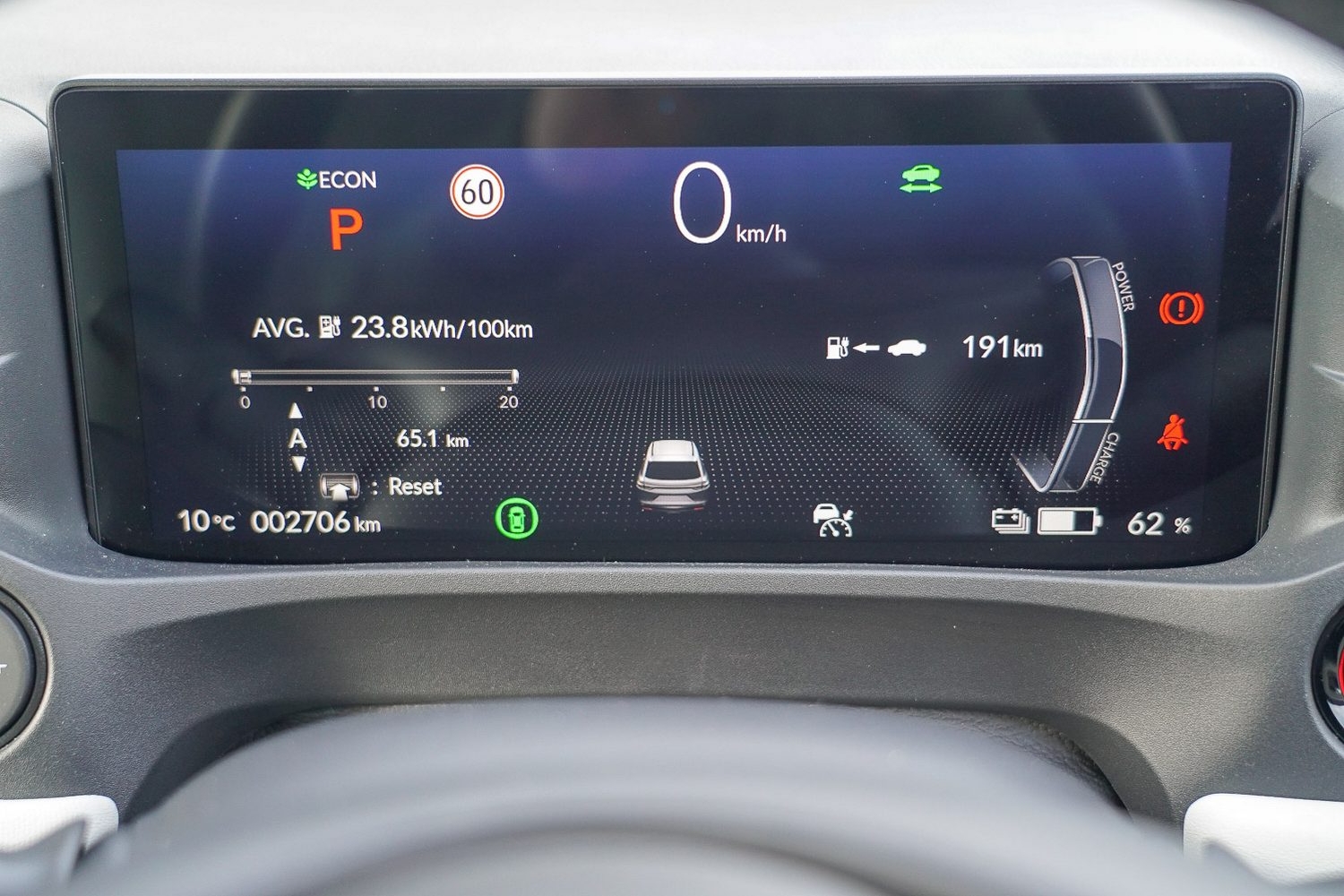
The front seats are wonderfully comfortable, and the driving position is good. With the optional glass roof (standard on this Advance model) the cabin feels bright and airy, and there’s lots of room up front. There’s storage space under the big portrait-style touchscreen including a wireless phone charger, and you’ll find two USB-C sockets and a 12-volt connector down there too. Behind the push-button drive selector (which does take a bit of getting used to) there are two large cup holders and there’s useful storage under the front armrest as well. Only the door bins, which are rather too narrow, let the practical side down.
There are more cup holders in the back, as you’ll find two in the flip-down rear centre armrest, and another one on each of the rear doors, though there are no door bins in the back. Overall space in the back is excellent, with ample legroom and just enough headroom (it helps that the back of the seat reclines noticeably, but comfortably). There are seat back pockets, a small storage tray in the back of the centre console and two more USB-C connectors, though not quite enough space for someone to get properly comfortable in the centre rear seat, in spite of the flat cabin floor.
There's also an oddity where the glass roof is concerned. It’s split into two discrete sections, and while the section in the front has a sliding blind, the one in the back has a pop-out panel which you have to then stash in the boot. At a time when rivals are offering either sun-absorbing full-length roofs, or even roofs with electrostatic dimming, this seems like an odd, and not entirely sensible, system.
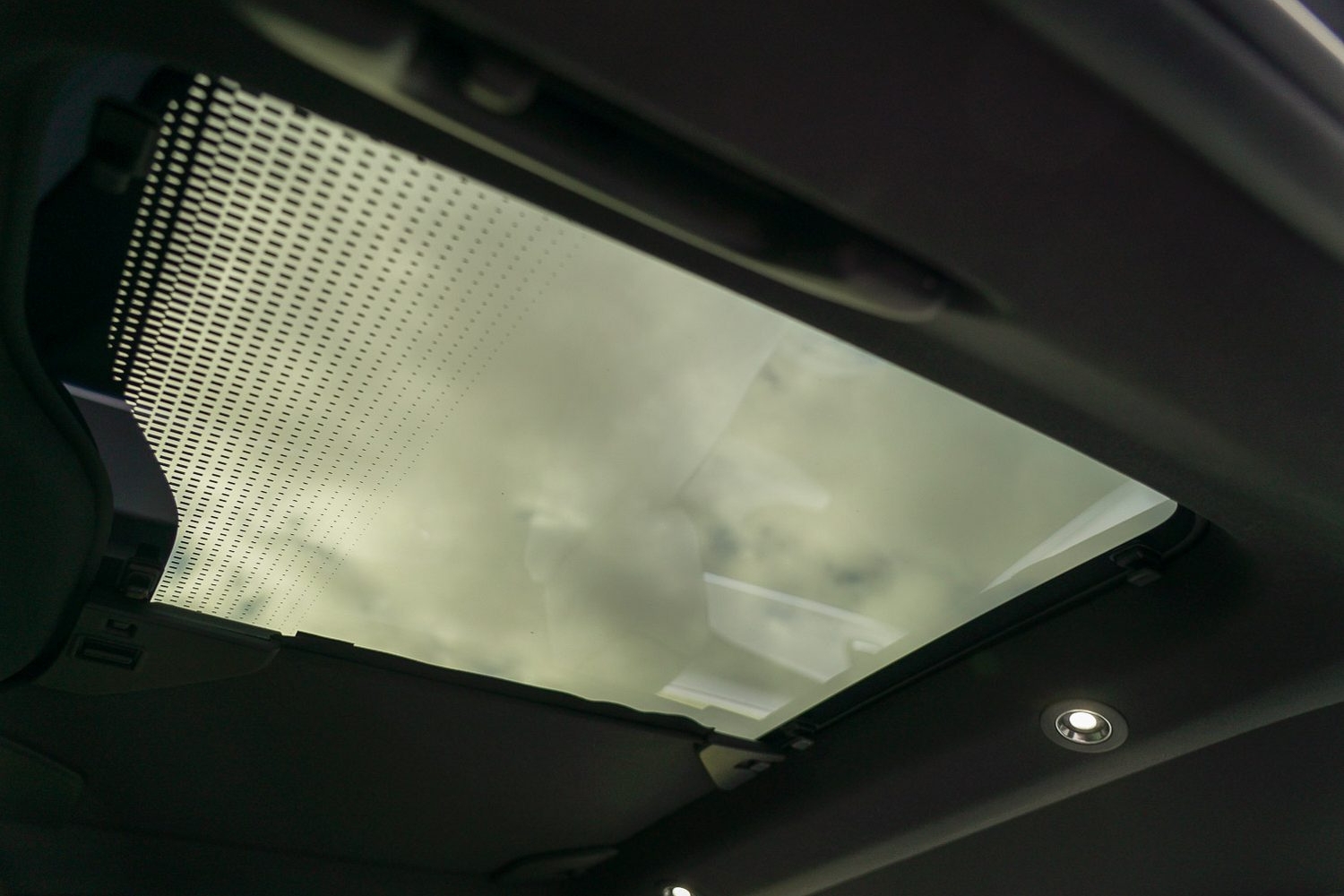
At 361 litres, the boot is rather on the small side, but it’s well-shaped and has an adjustable floor, although there’s a distinct loading lip if you leave the floor at its lowest setting. The rear luggage blind is integrated into the hatch, so it swings up and away when you open the tailgate, which is handy, but the blind itself feels rather flimsy and cheap.
On the charging front, Honda has placed the socket in the nose of the car, behind a retracting flap where the radiator grille would be. The cover opens on a spring, released from a button in the cabin, but you have to close it manually once you’re finished charging.
The eNY:1 driving experience
The old Honda e city car, lovely and delightful though it was, was hamstrung by a poor range. Officially it could do 220km on a charge, which is not much, and in some conditions that could easily fall to just 100km, which is barely useable at all. So, this eNy:1 really needs to lay down a marker that Honda is on the case, and able to provide a decent one-charge range.
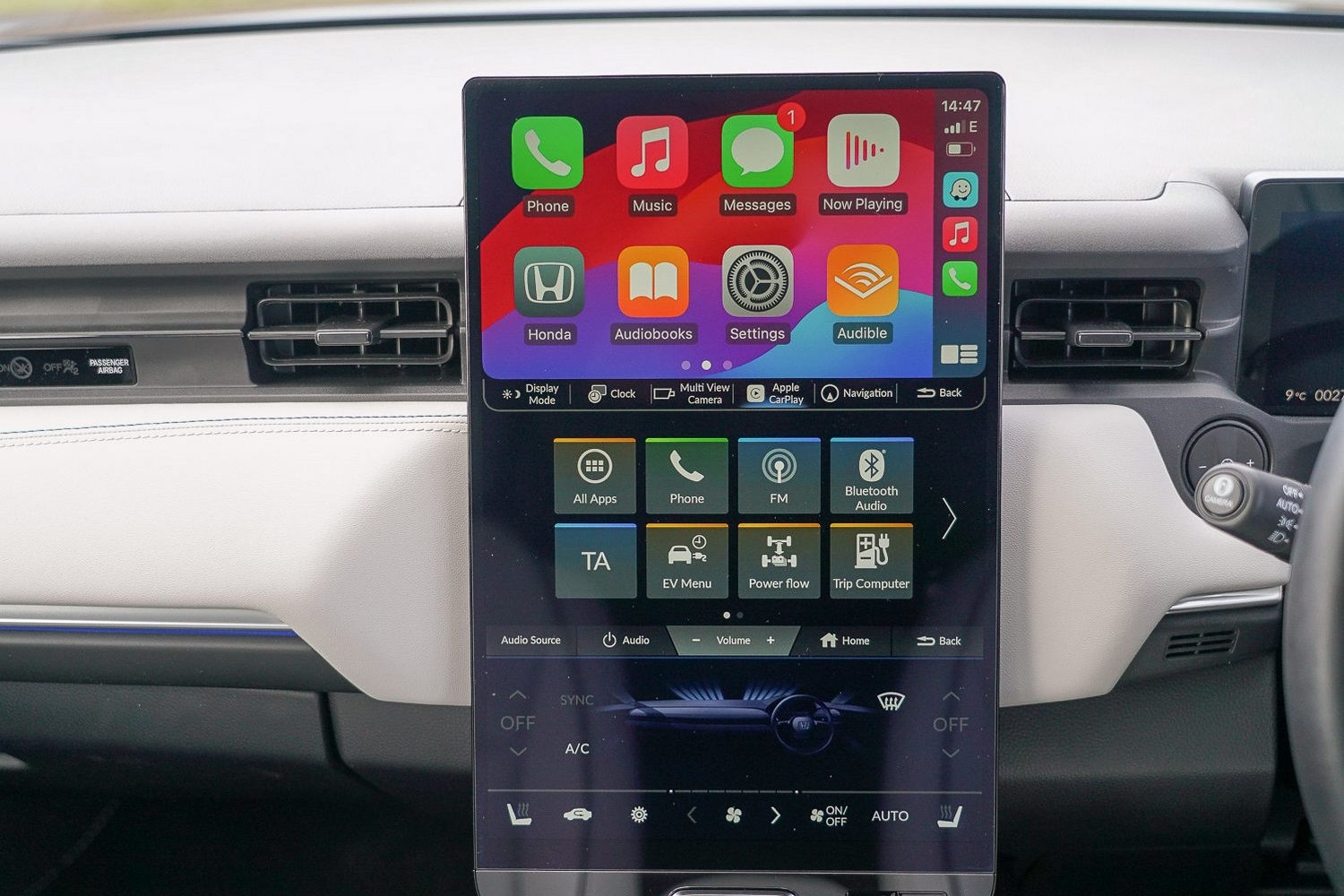
The signs look good initially. A 412km official range isn’t great, but when you notice that the battery has a gross capacity of 68kWh and a useable capacity of 61.9kWh, and given Honda’s reputation for solid reliability, you start to hope that the quoted range will be the real range.
It isn’t. In fact, in real-world conditions the eNy:1 will struggle to get past 300km, something that the likes of the Jeep Avenger and Volvo EX30 can beat, and which the similarly-priced Volkswagen ID.4 utterly annihilates. It gets worse if you throw in motorway mileage and chilly weather - on one run from Belfast to Dublin on a chilly morning, I struggled to get the eNY:1 to cover 180km in one go, with the heater turned off and a warm jacket my only comfort. It means that the eNY:1 is struggling to compete in range terms with more affordable models, and when you compare it to similarly-priced cars from Volkswagen, Skoda, Tesla and Hyundai, it’s falling more than 150km short.
That might be considered acceptable if Honda had taken a short-range, fast-charging approach but the eNy:1 tops out at 78kW on a DC charger, which means you’ll need 45 minutes to do a 10-80 per cent charge, while others will be done in 30 minutes or thereabouts (and the Hyundai Ioniq 5 in less than 20 minutes, if you’re on a fast-enough charger).
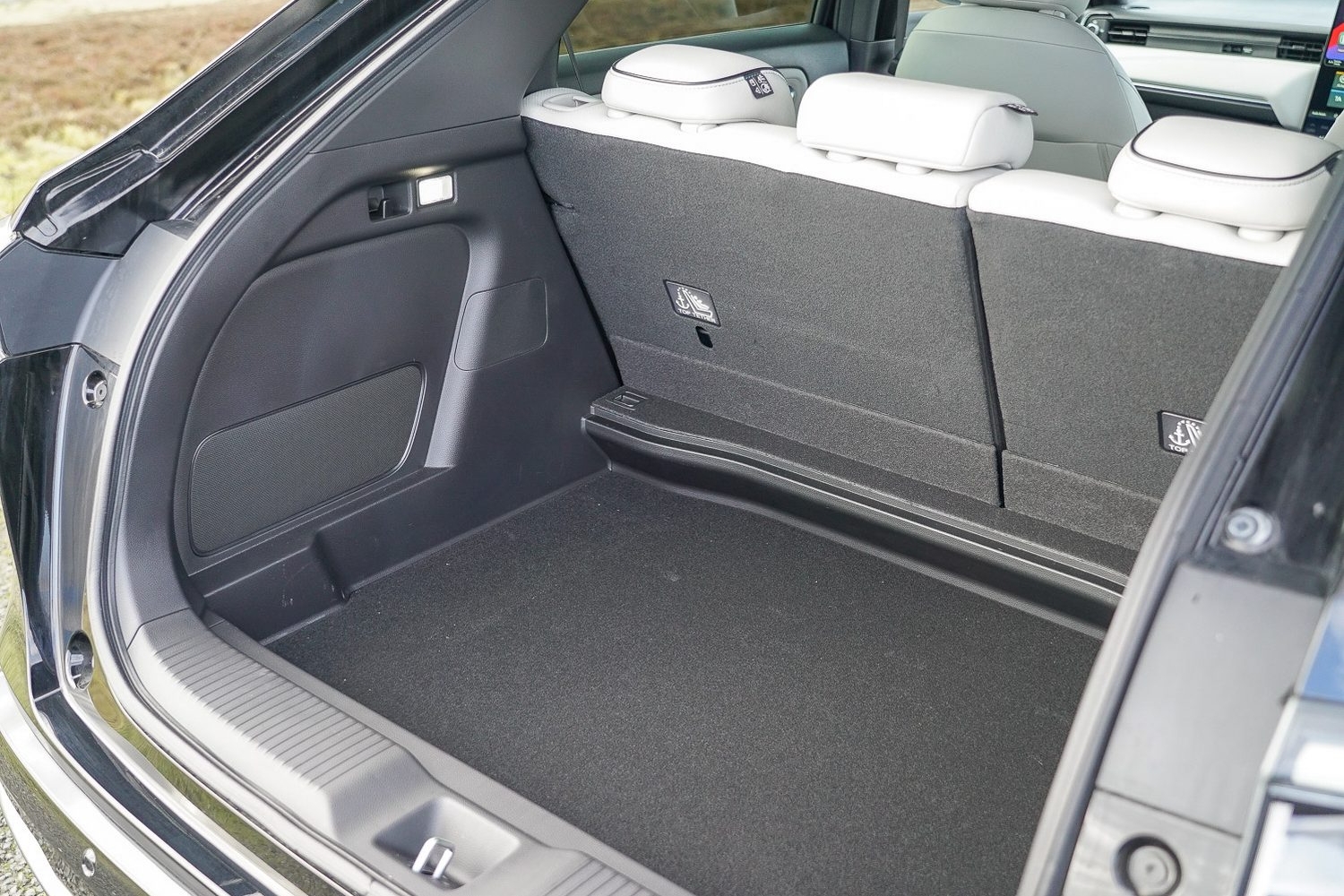
It is at least nice to drive. The steering is well-weighted, if a bit short on real feel, and the ride quality is nicely judged and not too unsettled around town. Refinement is also good.
Our verdict on the Honda eNy:1
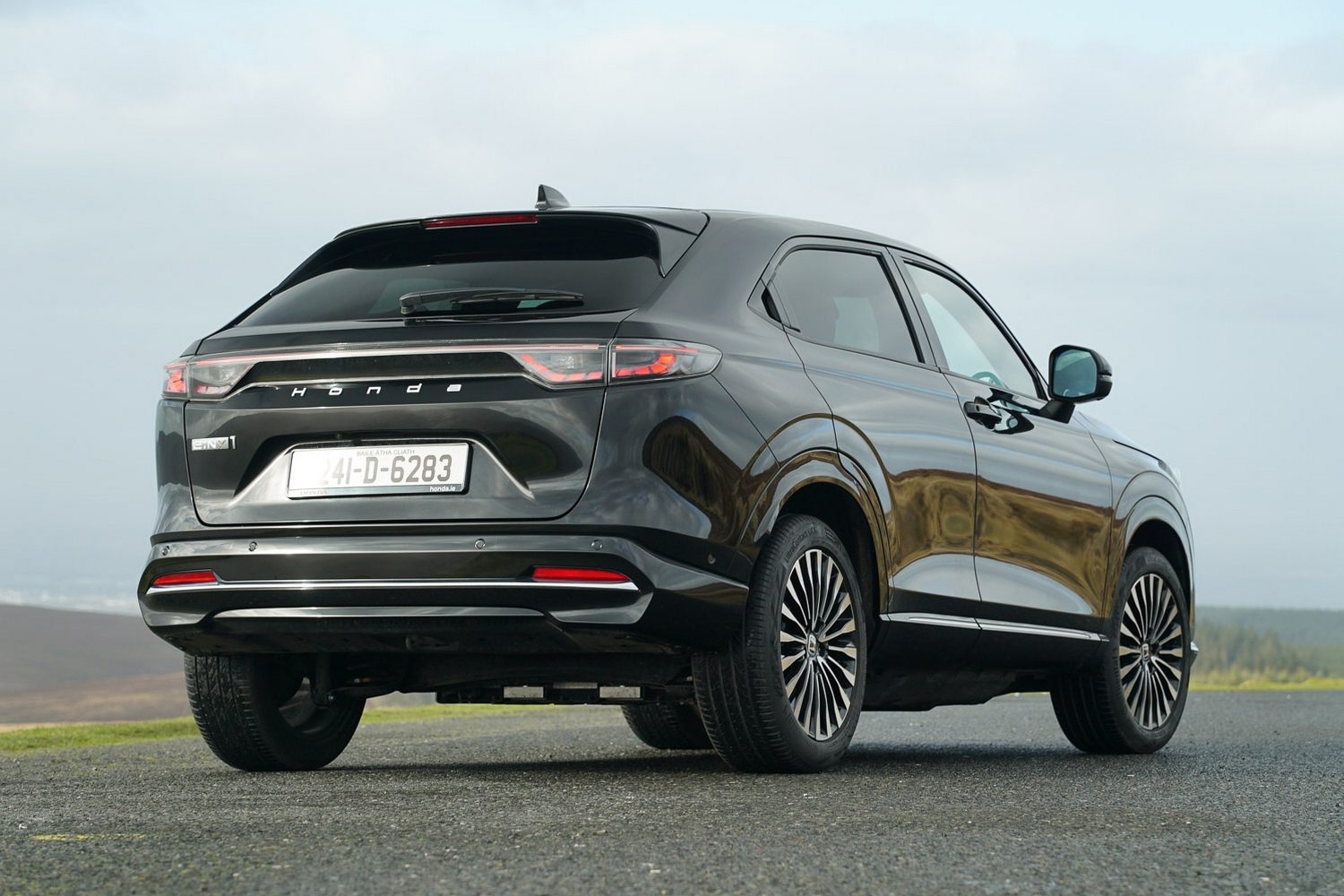
Honda always does things a little differently to the rest of the car world, but the eNy:1 smacks of it trying to be too conformist and playing it too safe in the end. A handsome, high-quality cabin and an excellent big screen can’t rescue dismal range and slow charging. At least Honda’s future electric car plans look brighter, so hopefully this eNy:1 can be a springboard to better things.
What do the rest of the team think?
In my time with the eNy:1 (seriously, who signed that name off?) I had a better experience in terms of range and efficiency than Neil reports, probably because I didn’t have a long motorway schlep to carry out. Indeed, the car managed to average just 16kWh/100km at times, beating its official value. But as Neil discovered, it’s not an EV for those that spend a lot of time on the motorway. And that would be quite acceptable if it were not for the high price. There are already a dozen better alternatives for less outlay on the market, so we don’t see it doing very well unless the price is “realigned”. Which is a shame, as it has a great interior (stupid removable blind aside) and feels of high quality throughout.
Shane O' Donoghue - Editor

